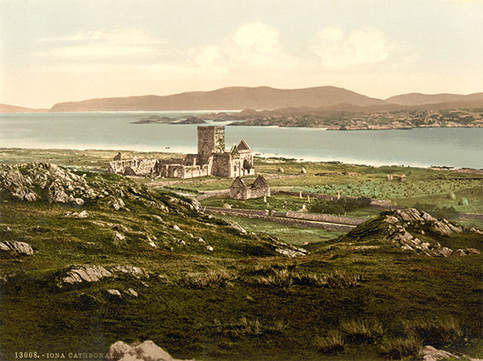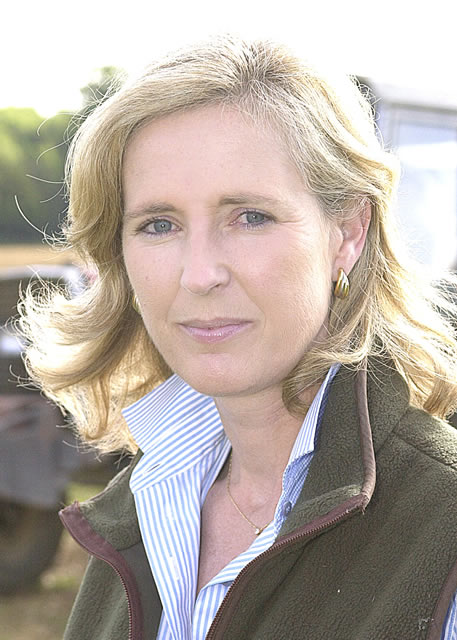
We now live in a country where museums are considered ‘too male and sexist’, and the Bank of England known for over 300 years as the Old Lady of Threadneedle Street, are considered along with titles of “chairman” and “grandfathering” as no longer acceptable.
New European Tractor Mother Safety legislation will ensure all ‘new’ tractors arriving on farms anywhere in the EU will make our roads safer.
The safety devises will add an additional £3,000 to the basic cost of all tractors. As well as additional tractor braking devises, hydraulic trailer brakes will require the same fail safe pneumatic brakes.
This is all good news for general safety with tractors travelling on highways at higher speeds. Although for tractors which never venture beyond the farm gate, or travel faster than 25mph in yards or fields, this is quite a high price to pay.
No doubt many farmers will be sticking to their current models for as long as possible; no wonder the sale of new tractors rose dramatically this year. Having heard that local Massey Ferguson dealerships have had their best sales in years, I was bemused. However, having learnt more about Tractor Mother Regulations, the penny has dropped.
Having researched the origins of the Iona Christian Community and St Columba, for a Eulogy for a very special lady, I was charmed and amused by the story of this particular saint.
In her sitting room Barbara had a small figurine of St Columba perched on his stool beneath her lamp, reading The Bible. She would often ask me to move him ever so slightly so the light shone directly onto the pages of the Good Book.
St Columba was born of royal blood in 521 AD in Ireland, he was the grandson of the Irish King Niall. Columba left Ireland for Scotland not as a missionary but as an act of self-imposed penance for the bloody mess he had caused at home. He had upset the King of Ireland by refusing to hand over a copy of the Gospels he had illegally copied, which led to a pitched battle in which Columba’s warrior family prevailed.
Full of remorse for his actions and the deaths he had ultimately caused, he fled, finally settling on Iona as the first place he found from where he couldn’t see his native Ireland. One of the features of this island is that it is called “The hill with its back to Ireland”.
St Columba set about building Iona’s original abbey from clay and wood. He displayed some strange habits, including banishing women and cows from the island. He claimed that “where there is a cow there is a woman, and where there is a woman there is mischief”!
The abbey builders had to leave their wives and daughters on the nearby Eilean Nam Ban (Woman’s Island). Odder still, he also banished frogs and snakes.
The strangest story of all is that Columba was prevented from completing the building of the original chapel until a living person had been buried in the foundations. His friend Oran volunteered for the job and was duly buried.
It is said that Columba later requested that Oran’s face be uncovered so he could bid his friend a final farewell. Oran’s face was duly uncovered and he was found to be still alive, but uttering such blasphemous descriptions of Heaven and Hell that Columba immediately ordered that he be covered up again!
I do so wish I had asked Barbara why she so admired St Columba, although I do remember she did chuckle when she told me how she had acquired his statuette; sadly it is now too late.
I wish you a very Happy Christmas.

 RSS Feed
RSS Feed